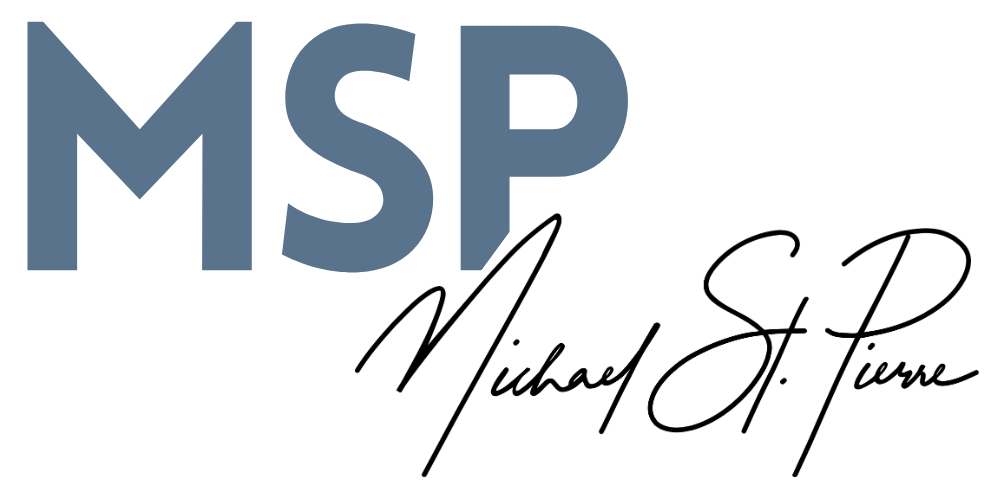 I arrived home today to faces filled with excitement. A homemade "surprise" sign was on the bedroom door and I was eventually ushered in to see the Project of the Day. New paint on the wall and an entire room appeared larger than when I had left it in the morning.
I arrived home today to faces filled with excitement. A homemade "surprise" sign was on the bedroom door and I was eventually ushered in to see the Project of the Day. New paint on the wall and an entire room appeared larger than when I had left it in the morning.Call it a Father's Day gift or just a moment of inspiration; all I could think of was GTD as I applied the finishing touches on the room. Apparently, my kids and even my wife are "getting it". My wife said over dinner a while later, "it just feels good to finish the room and move on to the next project."
How are you teaching your family about Getting Things Done? A simple way of modeling is to practice GTD yourself. Then, when approaching household projects, try to apply the one-thing-at-a-time rule as well as the art of finishing what you began. To take it a step further, involve everyone in the project. You'll get more done and the entire family will know who David Allen is.
What project can you involve the whole family in?
*photo by Kara Allyson




